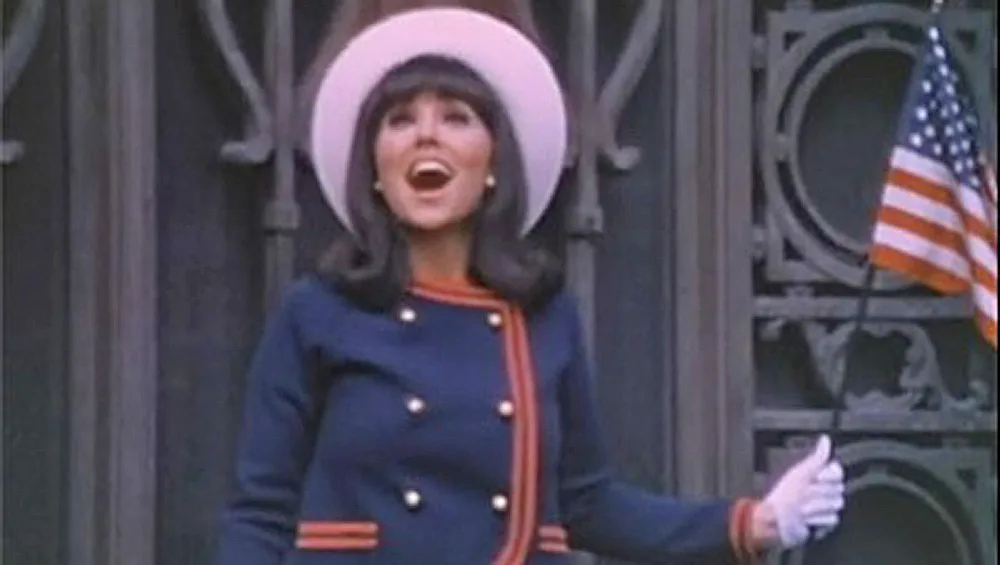
TV Hearts Beat FAST For Latest Streaming Trend, But There’s Nothing New About It


Hank Price
Unless you’ve been living under a rock, you know that the number of FAST (free advertiser-supported television) channels is exploding. No one is sure how many are currently up and running, but one research company estimates it to be north of 1,600.
As the latest bright, shiny objects, FAST channels are the space everyone wants to be in, including many local television stations. Don’t say OTT, that would be so old fashioned. The word FAST sounds more exciting.
And what content, you may ask, is available on those 1,600 or so channels?
To help answer that question, my son and I recently went through the FAST directory of a new TV set to find out how many channels were offered, what specific content was available, and how appealing that content might be to viewers. The set we used provided a handy FAST button on its remote, right between the buttons for Netflix and Prime Video.
Going through the cable-like directory, we counted a total of 326 continuously streaming channels. Twenty-eight were in Spanish and another 36 were dedicated to music or music videos, but that still left 262 English language channels, all featuring commercials that could not be fast forwarded.
Many of the channels were unwatchable, but there were a few jewels such as a Midsomer Murders stream that carries multiple seasons of Great Britain’s most popular crime drama. Perhaps it’s time to cancel that Acorn subscription.
We also landed on the That Girl channel. The Marlo Thomas sitcom ran on ABC from 1966 to 1971. We sat through two full episodes, proving that people will watch almost anything. Having been off the air for 52 years, maybe That Girl qualifies as new product.
I searched for a ZIV channel, hoping to see episodes of Highway Patrol and Sea Hunt, but apparently there isn’t one. Yet.
With everything but my uncle’s home movies now available in the FAST universe, one must ask just how profitable these streams are. Is there a pot of gold at the end of every FAST rainbow?
Probably not, but we do know that a few brand name streamers such as Paramount’s Pluto, seem to be doing quite well. Pluto, combined with Paramount+, increased ad revenue 18% last quarter.
To put this into perspective, let’s remember that Pluto, Tubi and Freevee, to name some of the more successful FAST services, are primarily on-demand apps that also offer continuously streaming channels. Because of that, a fairer comparison might be to think of Pluto and the others as ad-supported competitors to Netflix, Peacock and Amazon Prime.
With subscriber fees for Netflix and the other streamers soaring, it makes sense that the use of free, ad-supported competitors would grow.
Let’s remember also that Pluto, Tubi and Freevee are not new entrants. Pluto had 15 million users’ way back in 2017. Paramount acquired Pluto in 2019 for $340 million and grew it from there. Tubi and Freevee have also been available for a number of years.
Though on-demand’s premium product gets far greater usage, the FAST linear channels try to make up for that by offering a wide variety of content in bulk. The sheer volume of programs can pull you into the FAST universe before you can say That Girl twice.
As someone who still has both cable and satellite, I’m not the best person to judge the FAST channels, so I turned to my son, an early cord cutter who considers cable to be a waste of money. He also watches local television news via an antenna, streams almost everything else and, unlike me, is in a preferred advertiser demo.
He has been using FAST channels for some time via his Roku. He sees them as competitors to YouTube, which he prefers because it’s easy to find specific content and most of the commercials are skippable. He also volunteered that he hates the idea of commercials on Netflix and will probably watch less once that happens.
When it comes to news, his first choice is a local station’s news app because to him local news and local stations are synonymous. He prefers station apps because he says, “I want control of what and when I watch.” Though on-demand is his preference, he is still willing to sit through a reasonable number of commercials when watching a station’s OTA newscast.
All of this reminds us that today’s consumer uses a wide variety of services in multiple ways. On demand is the current growth engine, but linear television continues to have great value. That’s because consumers use everything, depending on when, where and what they want to watch.
This brings us to local stations, many of which are already in the FAST business.
Over-the-air television stations, with their premium content, are the original FAST channels. The best stations have also spent years building valuable on-demand businesses through their station apps. A streaming-based platform is a natural extension of both.
There is also a strong financial incentive for getting in the FAST business. Right now, stations pay a fortune for third-party content they sell as part of digital packages. Advertisers love those products because they are fully measurable. Building a local product that will eventually produce the kind of analytics needed for sales success would reduce the cost of buying inventory from outside suppliers.
The key, of course, is the quality of content. Quality never comes cheap, so significant corporate support is essential.
A number of companies have already committed to FAST channels in their local markets. Like everything else, the quality of those channels will depend on the quality of the company supporting them.
Local television has come a long way from the old one-channel, one-revenue stream world most of us grew up in. FAST channels are one of many fresh opportunities we will see in the future. In the meantime, I’m going to hit that center button on my remote and find out what Marlo Thomas is up to.
Hank Price spent 30 years leading television stations for Hearst, CBS and Gannett while concurrently building a career in executive education. He is the author of Leading Local Television and two other books.
































Comments (2)
Hopeyoumakeit says:
November 20, 2023 at 9:35 am
What broadcast TV better figure out, in a hurry, is that not promoting their OTA signals out of fear of losing their must carry fees, is killing them. I am always surprised at how many people don’t know how to install an antenna and find that insanely narrow digital transmission signal. This is the primary driver of streaming viewing growth. The broadcast signal picture is still far better than the compressed cable signal picture. The real tragedy is that a lot of people are not flipping back to local news because they have 3 more episodes to go to finish the season. My own wife watched 162 episodes of Black Money Love, which looks to be a Turkish Soap Opera. ? seriously?
[email protected] says:
November 20, 2023 at 11:36 pm
Antennas are ugly I wouldn’t hook one up since you can’t get all the local channels to begin with plus not liking the subchannel diginets offered as well. I hardly watch any of them I’m old school I like the cable.